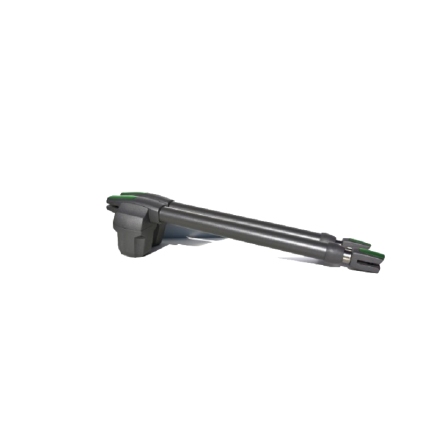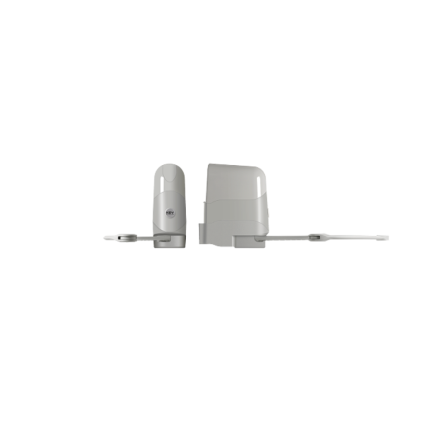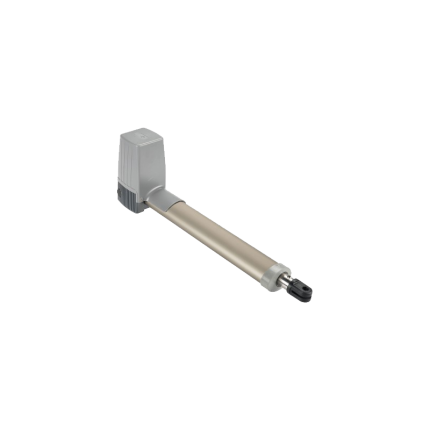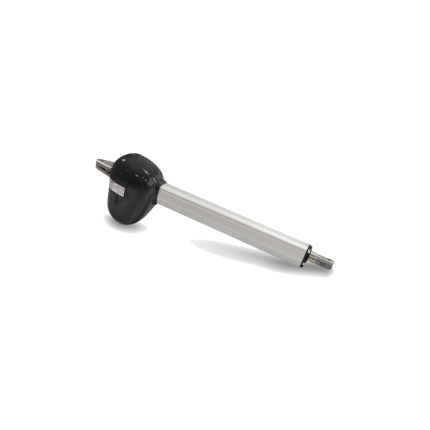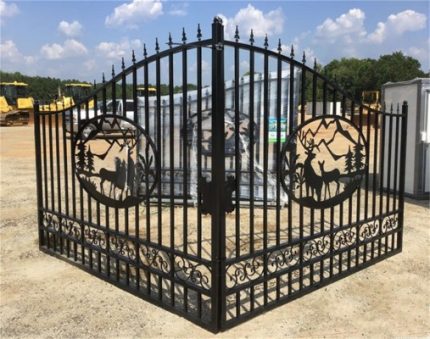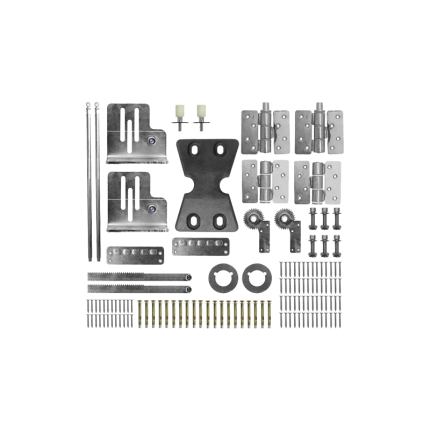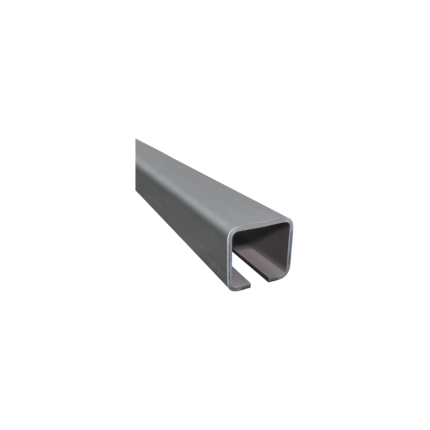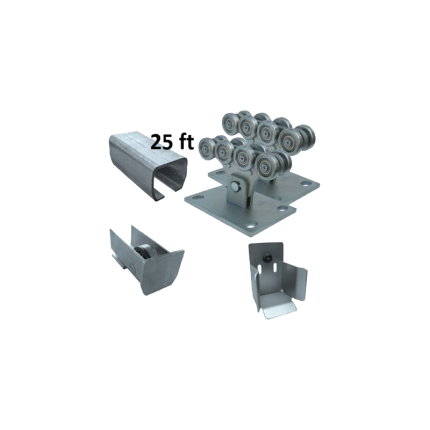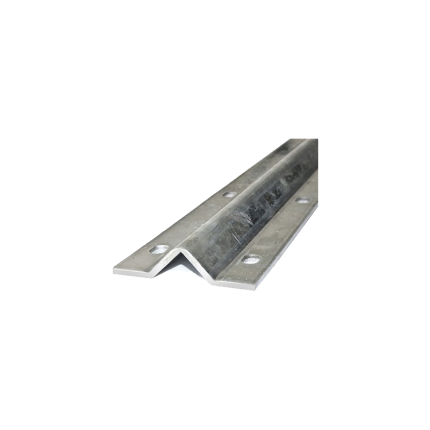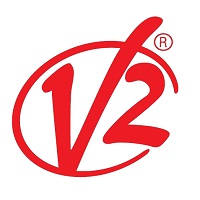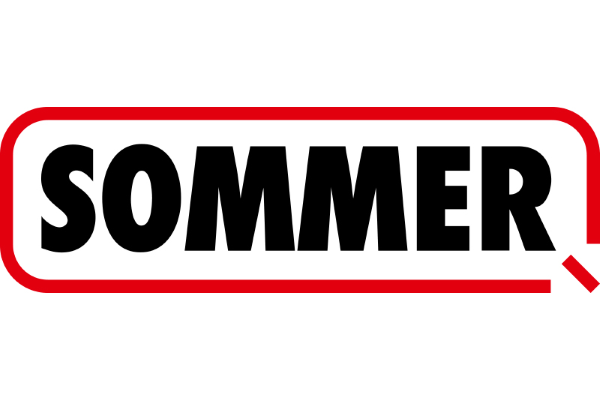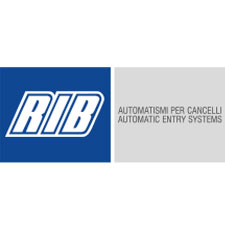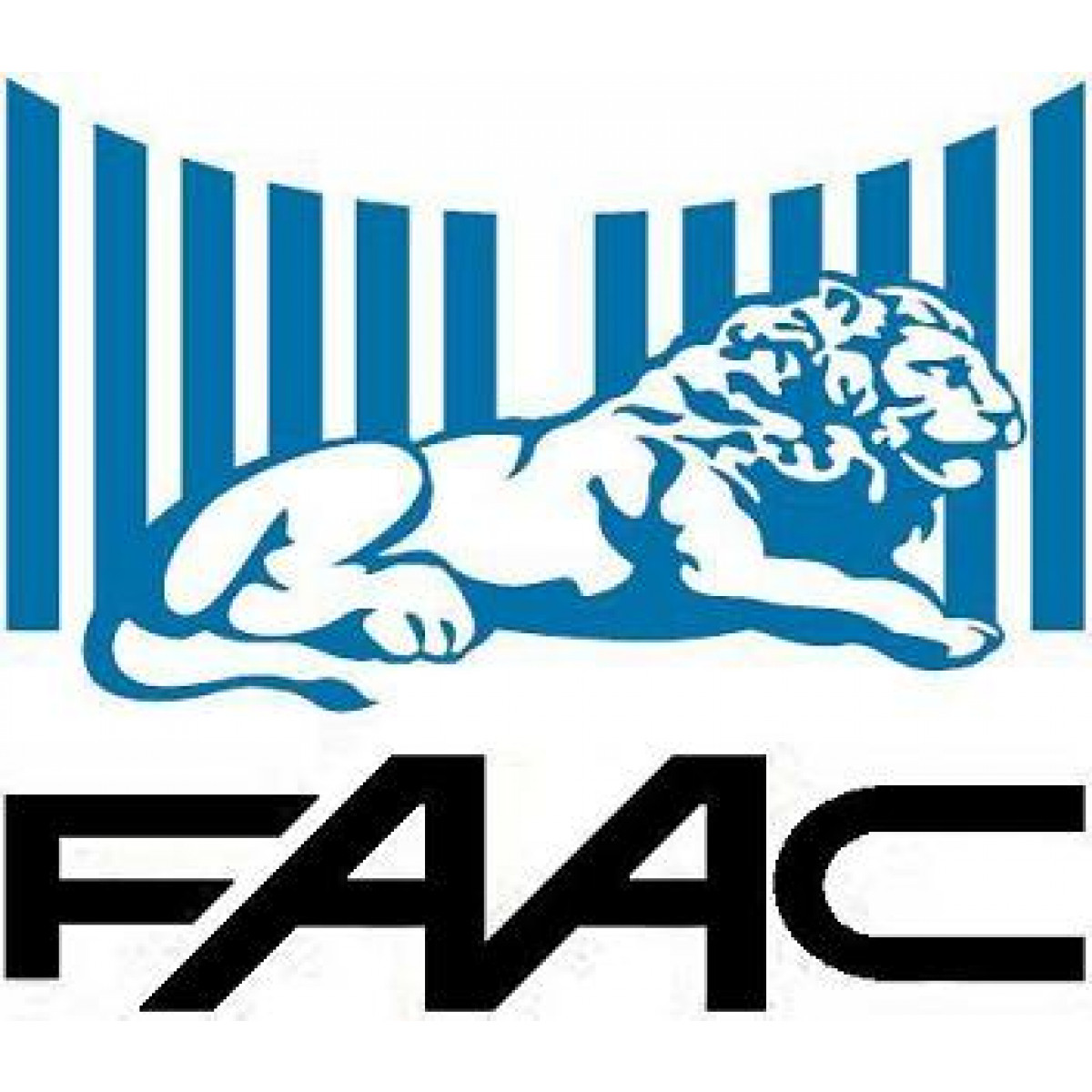hardware
Swing gate opener -KeyAutomation REP2224
Ship or pick up from our office.
PRODUCT SHEET PDFGate/Door opener key selector -KeyAutomation EGS101
Driveway swing gate – Deer design – 12 ft
- Ship or pick up from our showroom at #100, 11538 132A Street, Surrey, BC.
- Royal Gate Deer Style Dual Swing Driveway Gate
- Gate Package Includes: 2 x driveway gate panel, 2 x steel gate posts (8′ H by 4″ x 4″ each), 4 x Heavy duty adjustable steel hinges
- Material: Hot Dip Galvanized steel gate with a black powder paint coating
- Gate Dimensions: 12′ W x 6′ H.
- No hidden fees

